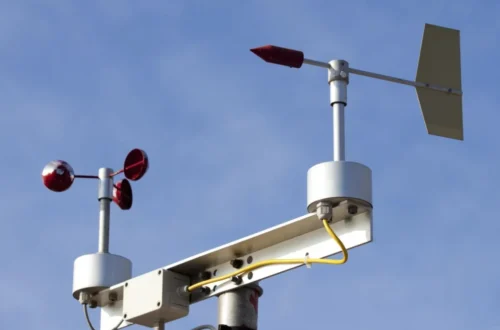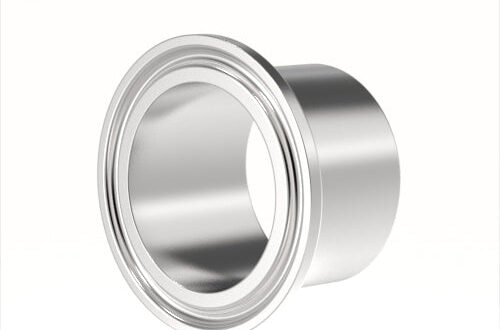Fuse Disconnector: Essential Protection for Electrical Systems
html
Fuse Disconnector: Essential Protection for Electrical Systems
In modern electrical systems, ensuring safety and reliability is paramount. One critical component that plays a vital role in achieving this is the fuse disconnector. This device combines the functions of a fuse and a disconnector, providing both overcurrent protection and the ability to isolate circuits for maintenance or emergencies.
What Is a Fuse Disconnector?
A fuse disconnector is a hybrid electrical device designed to protect circuits from overcurrent conditions while also allowing manual disconnection of the circuit. Unlike standard fuses, which only provide protection, fuse disconnectors offer an additional layer of functionality by enabling safe isolation of the circuit when needed.
Key Features of Fuse Disconnectors
Fuse disconnectors come with several important features that make them indispensable in electrical installations:
- Overcurrent Protection: They interrupt excessive current flow to prevent damage to equipment and wiring.
- Manual Disconnection: They allow operators to manually open the circuit for maintenance or safety reasons.
- Visible Isolation: Many models provide a visible break in the circuit, ensuring safe working conditions.
- Compact Design: They combine two functions in one unit, saving space in electrical panels.
Applications of Fuse Disconnectors
Fuse disconnectors find applications in various electrical systems, including:
- Industrial control panels
- Power distribution systems
- Motor protection circuits
- Renewable energy installations
- Commercial building electrical systems
Advantages Over Standard Fuses
While traditional fuses provide basic overcurrent protection, fuse disconnectors offer several advantages:
- Eliminate the need for separate disconnecting devices
- Provide visible circuit isolation
- Allow for safer maintenance procedures
- Reduce installation space requirements
- Offer easier fuse replacement
Selecting the Right Fuse Disconnector
When choosing a fuse disconnector for your application, consider these factors:
- Rated current and voltage
- Breaking capacity
- Type of load (motor, transformer, etc.)
- Environmental conditions
- Mounting requirements
Proper selection ensures optimal protection and performance of your electrical system.
Maintenance and Safety Considerations
Regular inspection and maintenance of fuse disconnectors are essential for reliable operation:
- Periodically check for signs of overheating or damage
- Ensure proper torque on connections
- Replace fuses with identical ratings
- Follow lockout/tagout procedures during maintenance
Always consult manufacturer guidelines and local electrical codes when installing or maintaining fuse disconnectors.
Conclusion
The fuse disconnector serves as a crucial component in modern electrical systems, combining protection and isolation functions in a single device. By understanding its features, applications, and proper selection criteria, electrical professionals can ensure safer and more reliable installations. Whether in industrial, commercial
Keyword: Fuse Disconnector




